Optimal Timing for Waterproofing
Waterproofing is a critical process to protect structures from water intrusion, which can lead to damage, mold growth, and structural deterioration. Proper timing ensures the effectiveness and longevity of waterproofing applications, making it essential to choose optimal conditions.
Spring offers moderate temperatures and increased moisture, ideal for waterproofing projects before heavy rains.
Warm weather and longer daylight hours facilitate thorough application, but high humidity can affect curing times.
Cooler temperatures and dry conditions make fall suitable for waterproofing, especially before winter.
Winter is generally unsuitable due to freezing temperatures and snow, which hinder application and curing.
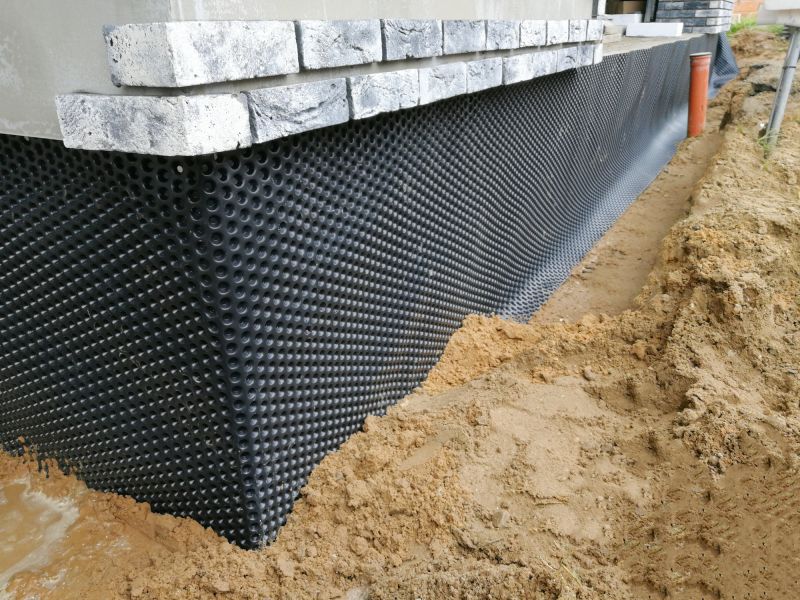
Preparing surfaces during spring ensures readiness for waterproofing before heavy rain seasons.
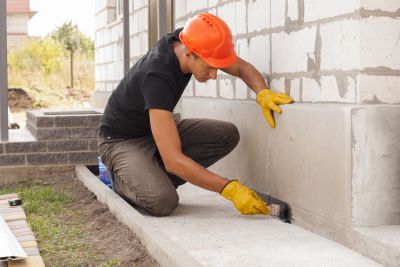
Applying waterproofing in summer benefits from warm weather but requires attention to humidity levels.
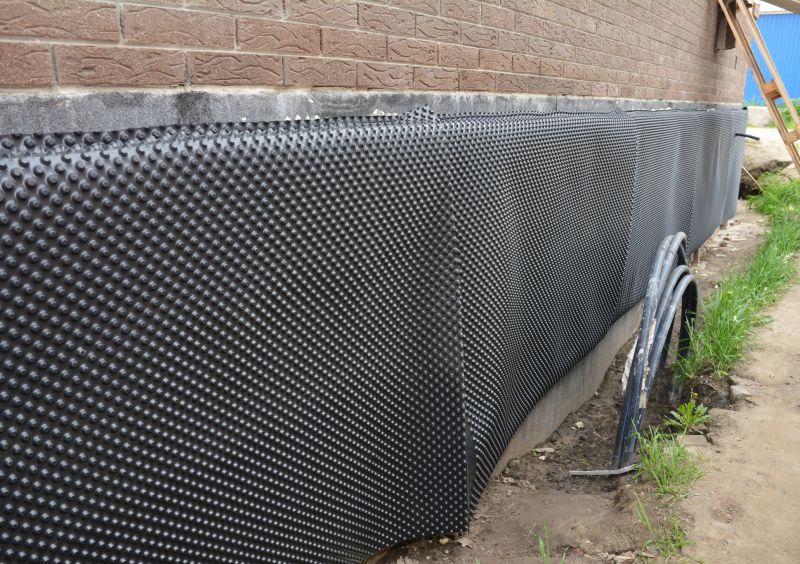
Fall provides ideal conditions for waterproofing projects before winter sets in.
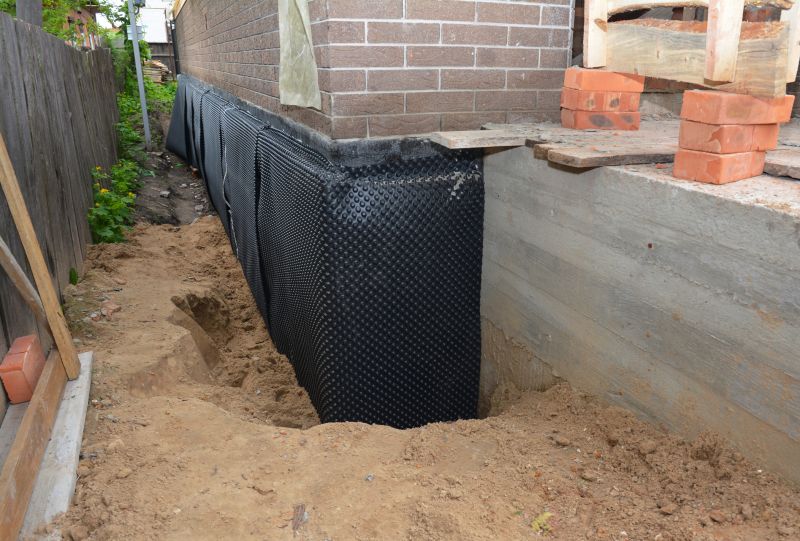
Winter conditions can prevent effective waterproofing due to freezing temperatures and snow cover.
| Season | Optimal Conditions |
|---|---|
| Spring | Moderate temperatures, increased moisture, and dry days |
| Summer | Warm weather, longer days, but watch humidity levels |
| Fall | Cooler temperatures, dry conditions, before winter |
| Winter | Generally unsuitable due to freezing temperatures |
Waterproofings involve applying specialized materials to prevent water penetration in various structures, including foundations, roofs, and walls. Effective waterproofing can extend the lifespan of a building, reduce maintenance costs, and protect against water-related damages. The choice of timing impacts the durability and success of the waterproofing process, with the best periods aligning with favorable weather conditions. Proper application during suitable seasons ensures materials cure correctly and adhere effectively, providing long-lasting protection.

Application process during optimal weather conditions ensures maximum effectiveness.
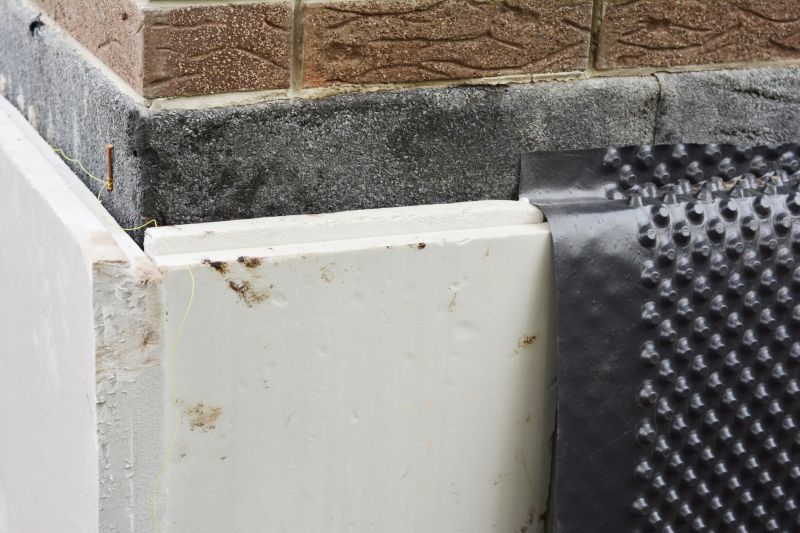
Various materials like membranes, coatings, and sealants are used depending on the season and structure.
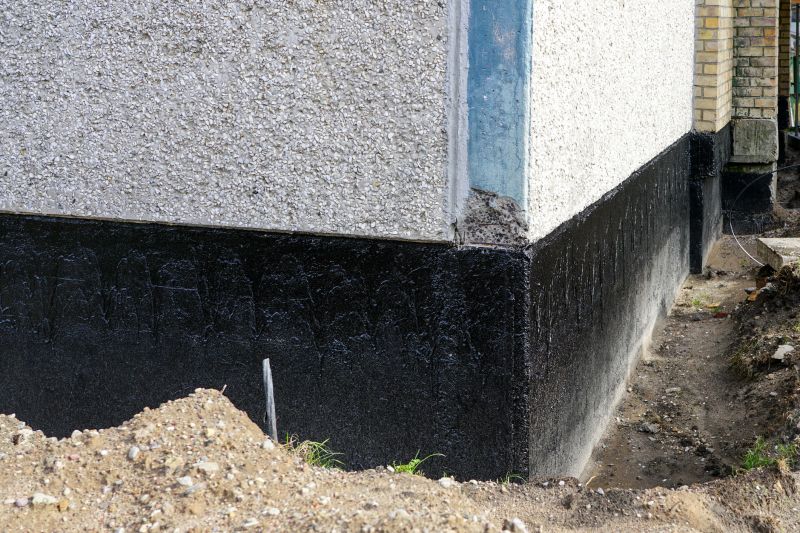
Foundations, roofs, basements, and walls are typical areas requiring waterproofing.
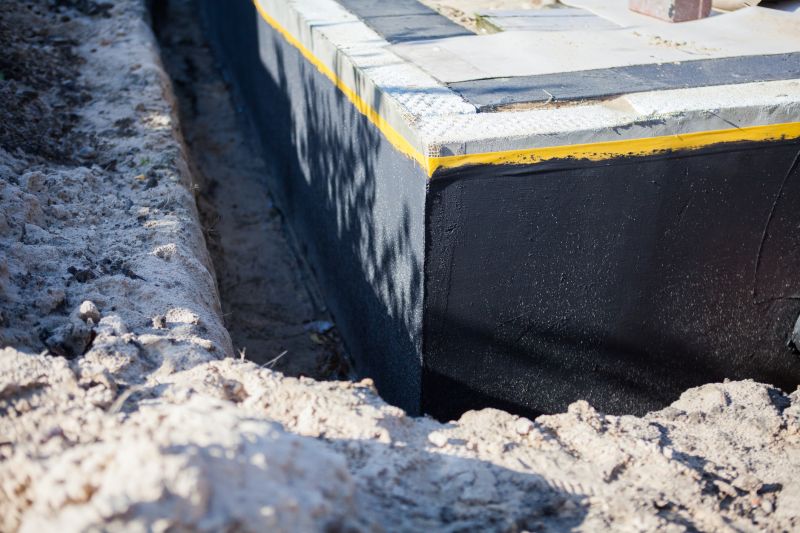
Regular inspections and touch-ups are recommended to maintain waterproofing effectiveness.
Selecting the right season for waterproofing projects enhances the durability and performance of waterproofing materials. Consulting with professionals can help determine the best timing based on local climate conditions and specific project requirements. Proper scheduling and application are essential for long-term water protection, especially in regions with distinct seasonal changes.


